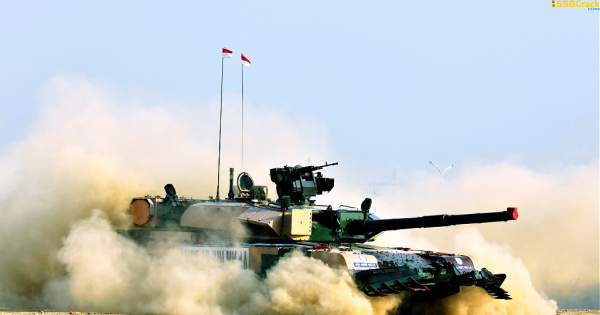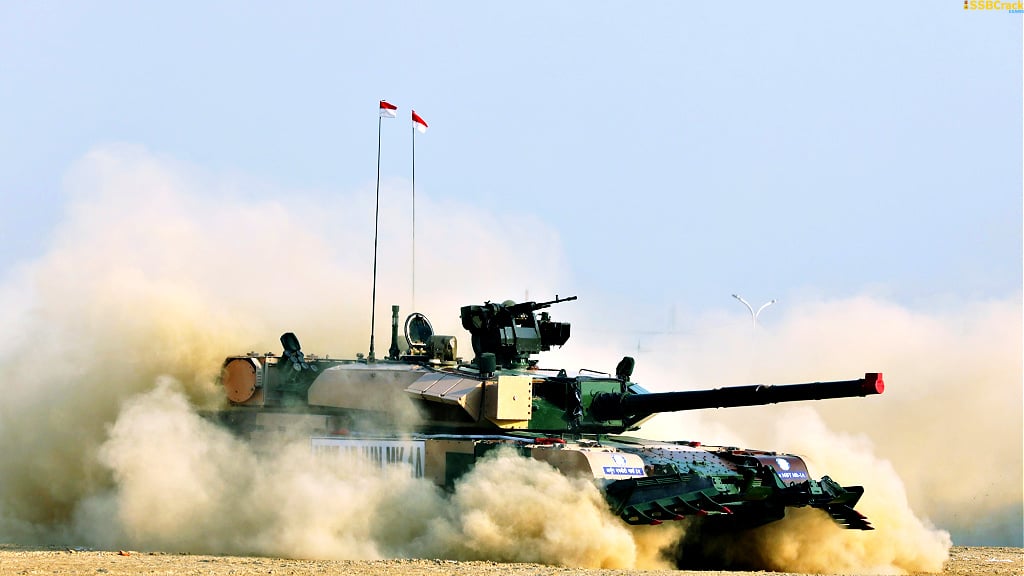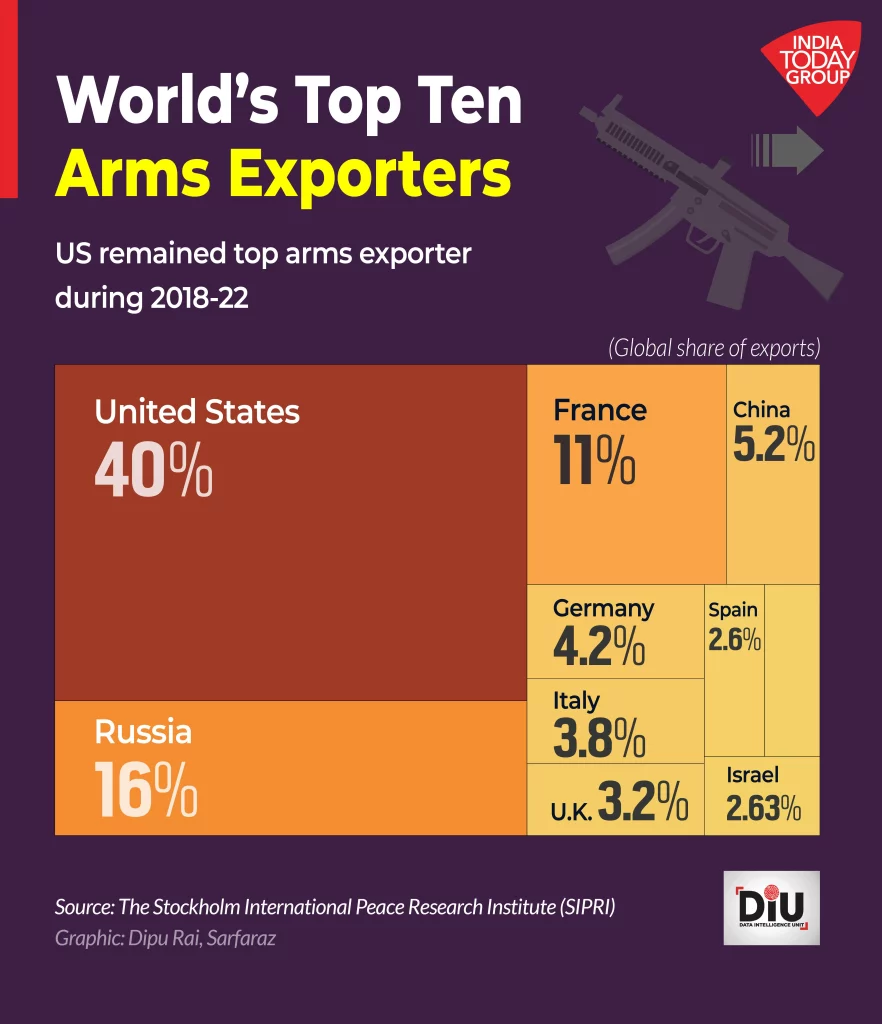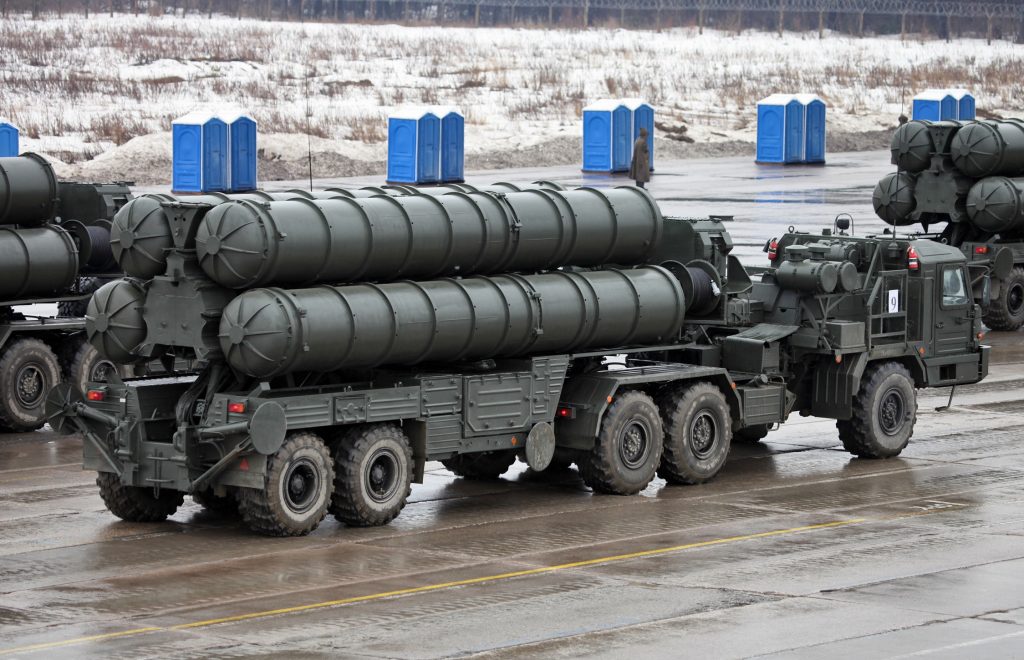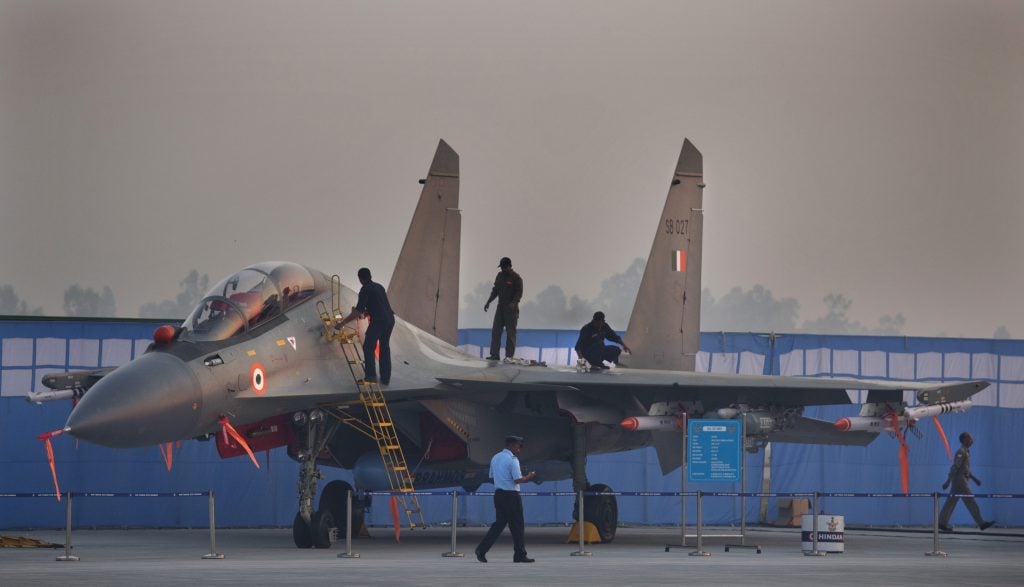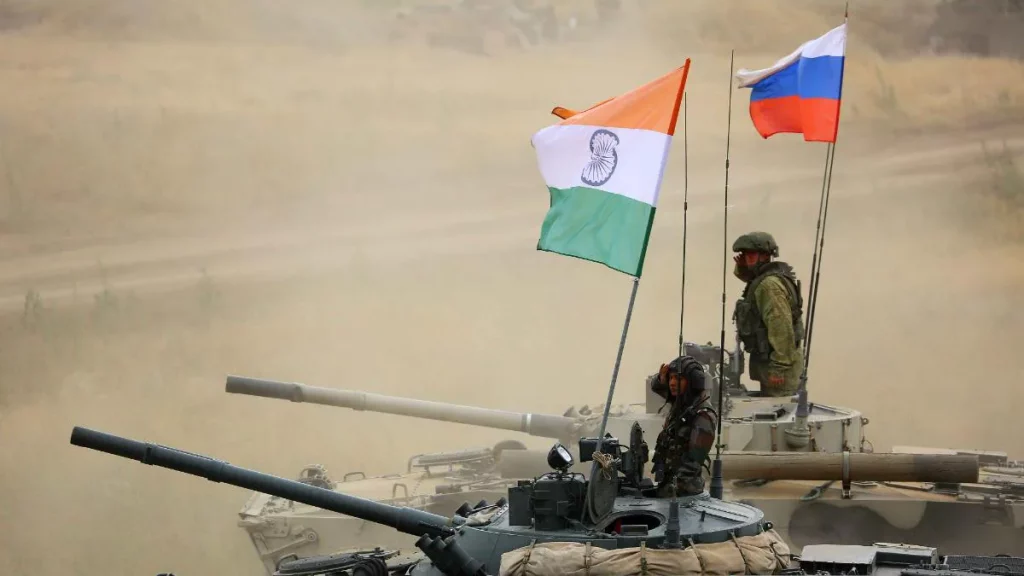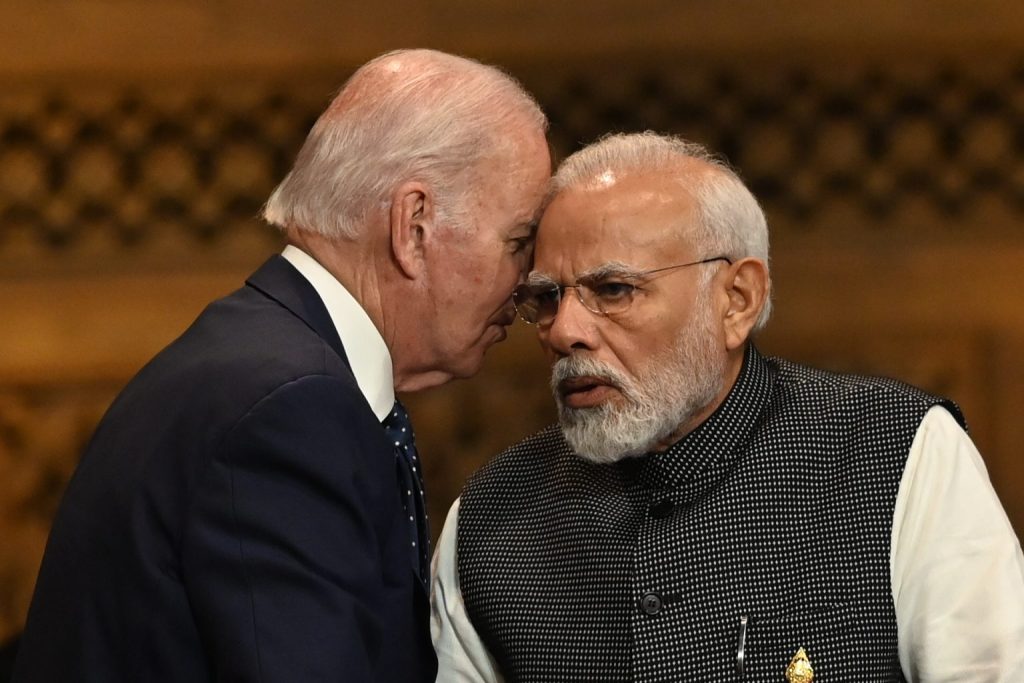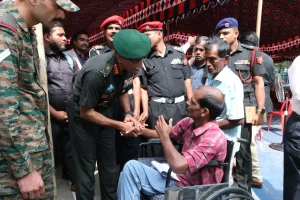India is the world’s largest importer of weaponry, yet almost all of its major weapons deals now include provisions for cooperative manufacturing or technology transfer, regardless of whether the country is involved. According to security officials and analysts, India’s multibillion-dollar purchases of US guns are less about changing its reliance on Russian defence technology and more about creating its own domestic weapons sector.
India as an Importer
India is the world’s largest importer of weaponry, yet almost all of its major weapons deals now include provisions for cooperative manufacturing or technology transfer, regardless of whether the country is involved. In addition, Russia’s war in Ukraine has interrupted some military shipments to India, reinforcing New Delhi’s long-term ambition to diversify imports or replace them with indigenous weapons, according to Indian defence officials.
According to figures from the Stockholm International Peace Research Institute, India purchased weaponry worth more than $60 billion in the last 20 years, with Russia accounting for 65% or about $39 billion of that total. Defence Minister Rajnath Singh has stated that India aims to order weapons worth more than $100 billion from the domestic arms sector over the next decade.
During Prime Minister Narendra Modi’s official visit to Washington last month, India announced large purchases of US defence equipment, including a $1 billion order for GE engines for fighter jets. A $3 billion agreement for MQ-9B SeaGuardian drones is also under consideration. In keeping with New Delhi’s ambition for defence self-sufficiency and Modi’s hallmark “Make in India” strategy, the jet engine agreement involves future joint manufacture, while the SeaGaurdians will most likely be assembled and maintained in India.
Gap With China
For traditional weapons, India still relies heavily on Russian technology. The greatest opportunity for US-India collaboration should be on new systems that India does not already have. The primary goal of India is to close the technology gap with its more powerful archrival China, with which it has a hostile relationship and which is also closely aligned with ancient foe Pakistan.
One issue that India faces is that Russia’s war in Ukraine has seriously harmed Moscow’s capacity to send arms and equipment. The Indian Air Force recently notified a parliamentary committee that Russia would postpone the supply of spare parts for Sukhoi Su-30MKI and MiG-29 jet fighter planes. A major item, believed to be the remaining two of the five Russian S-400 air defence systems purchased by India for about $5.5 billion in 2018, has also been delayed, according to the report.
India was also anticipating two nuclear-powered attack submarines from Russia in the coming years, but these may also be delayed, according to defence sources. Such issues have strengthened India’s resolve to become less reliant on Russia, but it does not want to rely on any single country for its arms imports, they claim. It plans to purchase French fighter planes, Israeli drones, American jet engines, and maybe German submarines. These purchases would gradually diminish India’s reliance on Russian military equipment, but this will take at least two decades, according to Indian authorities.
Least Limitations
Former senior Pentagon officer for industrial policy Bill Greenwalt said the days of the United States and Russia dominating the global defence industry and controlling defence technology were coming to an end, but what would replace it was “still a work in progress.” He warned that India could be frustrated by the United States’ rigorous export control system for arms, as well as the constraints it imposes on both technology sharing and its capacity to develop systems acquired. “I anticipate that India will pursue cooperation with the West with those countries that can transfer technology… with the fewest restrictions on its use,” he said.
Exports to India must comply with strict US International Trafficking in Arms Regulations (ITAR), and the two countries are not treaty allies, which means that the level of technology sharing provided under the AUKUS deal to supply Australia with nuclear-powered submarines is not in the cards.
Nonetheless, Modi’s visit to the United States has been welcomed by both sides as a watershed moment in the relationship. In addition to the defence agreements, the two countries struck agreements on chips, space, artificial intelligence, and vital minerals. India is also a member of the QUAD alliance, which includes the United States, Japan, and Australia. This strengthens India’s connections with the West but does not replace its decades-long relationship with Russia.
Even if India is able to shift away from Moscow over the next few decades, Grossman believes that “the US will still have doubts about how their systems are being used and how that might help the Russians in some way, because of that close India-Russia partnership.” “In this situation, India will be opportunistic and accept whatever the United States has to offer.” But I don’t think they’re eager to give up their relationship with Russia.”
To crack the SSB Interview, You can join our SSB interview live classes batch and we recommend you to Enroll SSB INTERVIEW ONLINE COURSE. Trusted by thousands of defence aspirants.
